Adwords Keyword Planner: What You Need To Know
All right, lately there’s been a lot, and I mean A LOT of confusion surrounding the Adwords Keyword Planner. Misinformation continues to be spread at an alarming rate on forums and blogs everywhere, so I’m here to set the record straight about a few details regarding the Google Keyword Planner tool.
Adwords Keyword Planner: What You Need To Know
1. Data Ranges Haven’t Replaced Search Volume
You’ll read articles on these kiddie blogs about how Google completely did away with search volume and replaced it with data ranges instead.
This is FALSE.
While it’s true that Google did replace search volume with data ranges, they only did this to accounts that haven’t run an ad campaign. The only people telling you that the data ranges are permanent are indolent kids and broke clowns who don’t have $1 to spend on an ad campaign.
How To Get Search Volume Results Back
I’ve been seeing all kinds of wacky answers regarding getting search volume back. Lately, some people have begun taking advantage of the situation by using it as an opportunity to lure people over to their overpriced keyword tool or group buys. Don’t fall for this, because there’s a simple way to get your search volume back.
After discussing this with another online marketer who called Adwords and testing this out myself using a spare Adwords account I had, both of us managed to get our search volumes back.
According to Adwords, these are the only requirements:
Requirements:
- You need to add a card to your billing account.
- You need to set up an ad campaign.
- You need to spend a minimum of $1 on your campaign.
Requirements #1 and #2 are already stated at the top of the Adwords Keyword Planner when you see data ranges, however we didn’t know about requirement #3.
2. Search Volume For Multiple Keywords Are Being Lumped Together Now
This one isn’t as well known as the previous two issues, but it’s still very much a problem for those who aren’t aware of it. You see, around around June of 2016, Google decided to lump together the data for similar keywords.
- Singular and plural versions for any word in a keyword phrase
- Acronyms and longhand version
- Stemming variants: -er, -ing, -ized, -ed
- Words with and without a space
- Words with and without punctuation
You want to know why this is a problem? Because if a user researches the 673k monthly search volume term “seo”, they may target it believing that keyword alone receives 673k monthly searches. Hypothetically, if they rank for it, they may soon discover that it receives something around 100k monthly searches, not the 673k they thought it did.
Why did they do this? I have no idea. But here’s the kicker: it doesn’t affect every keyword!
How To Know If Keywords Contain Lumped Data
I have a simple trick for telling apart keywords with lumped data: search for the plural or singular version of the keyword alongside your main keyword, as shown in the image above. If both keywords show the exact same data, then you know the search volume has been together. If you see two separate search volumes, then the keyword hasn’t been affected by the data lumping.
- Slow Website? Consider Robots As Being The Culprit - June 24, 2025
- My Experience Accepting Crypto Payments For The First Time - April 25, 2025
- Are Forums Dying? A Look Into Forums As A Whole - April 22, 2025

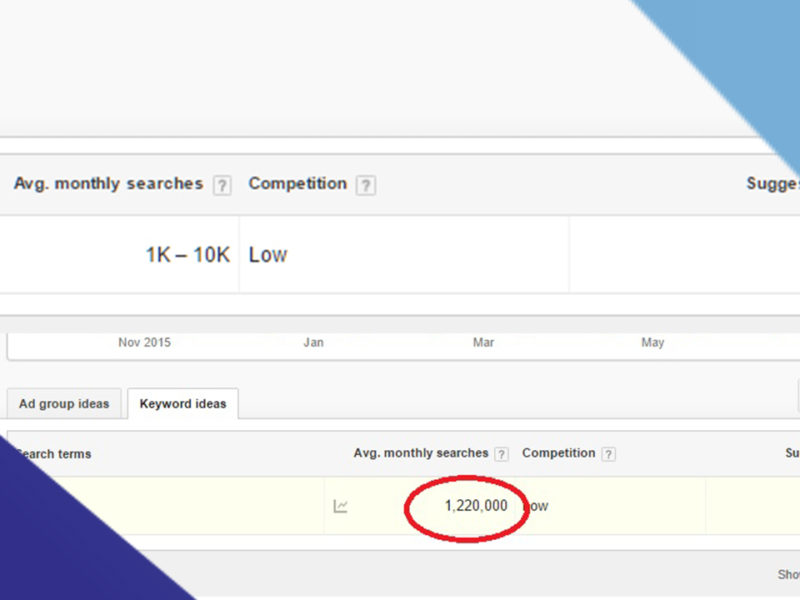
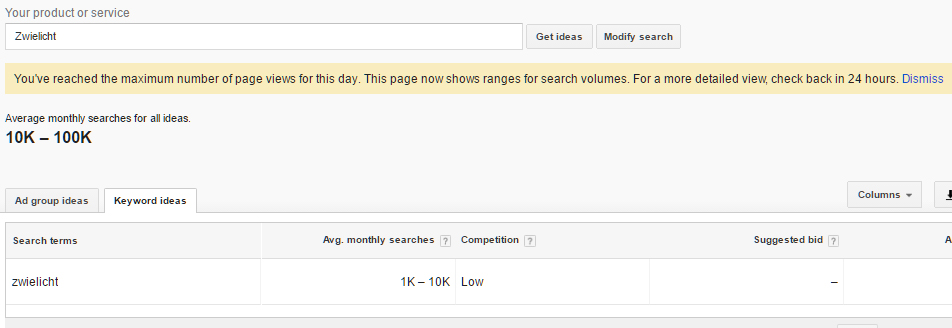
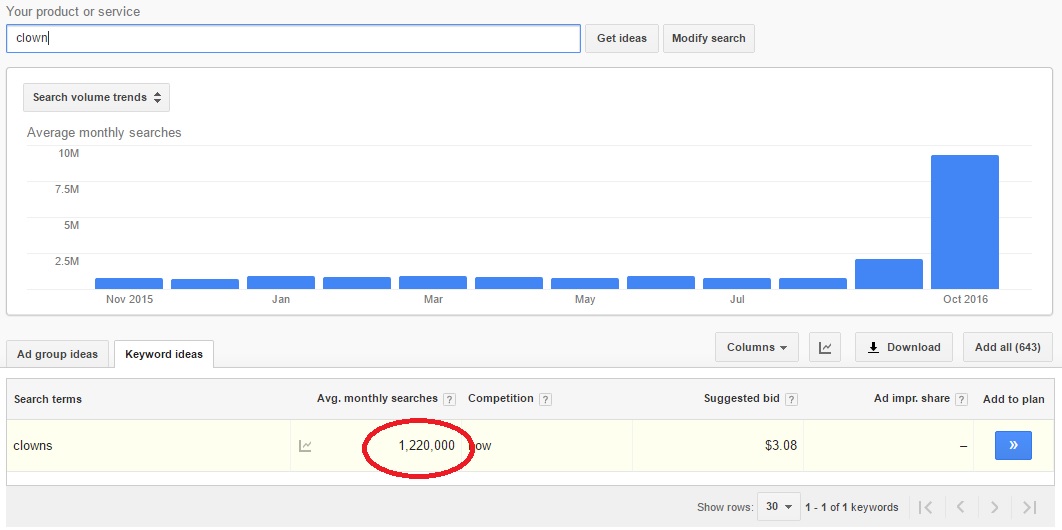
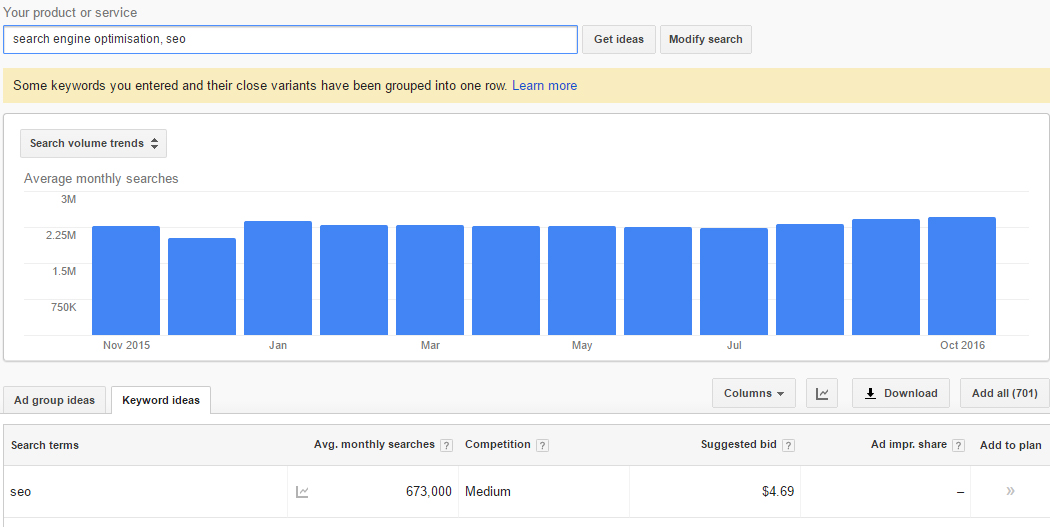
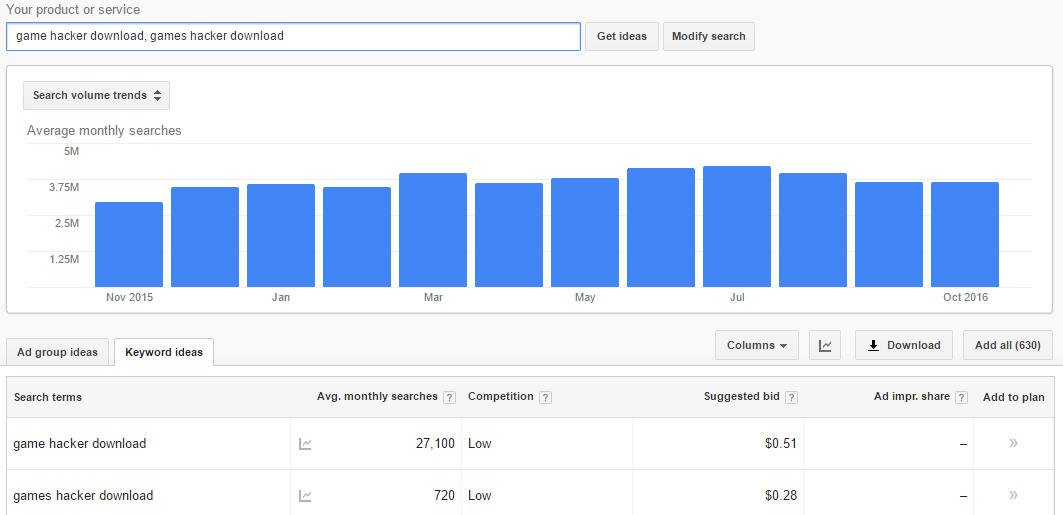
Leave a Reply